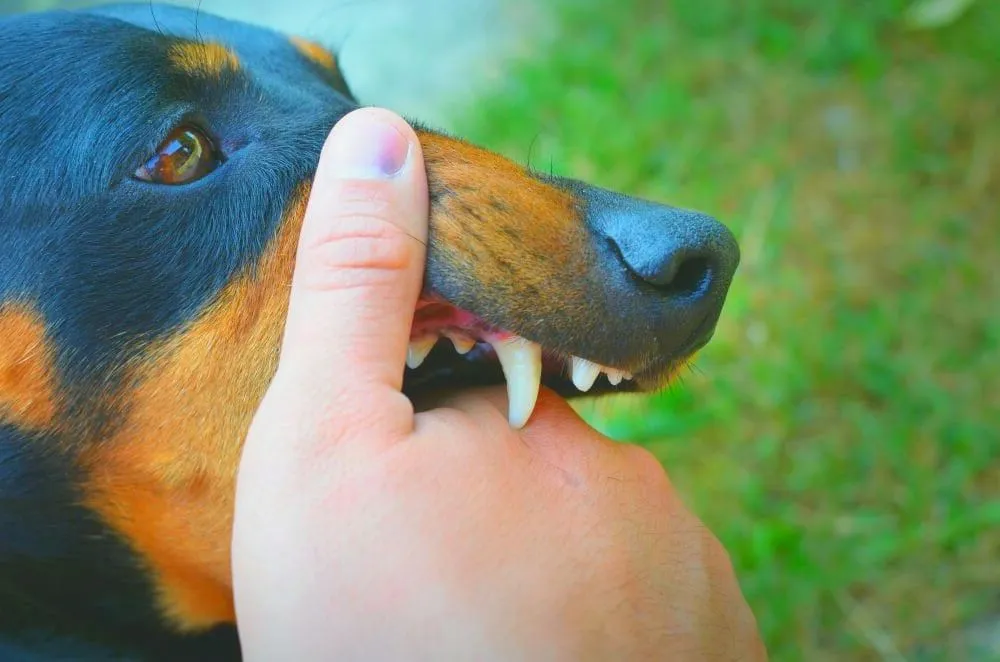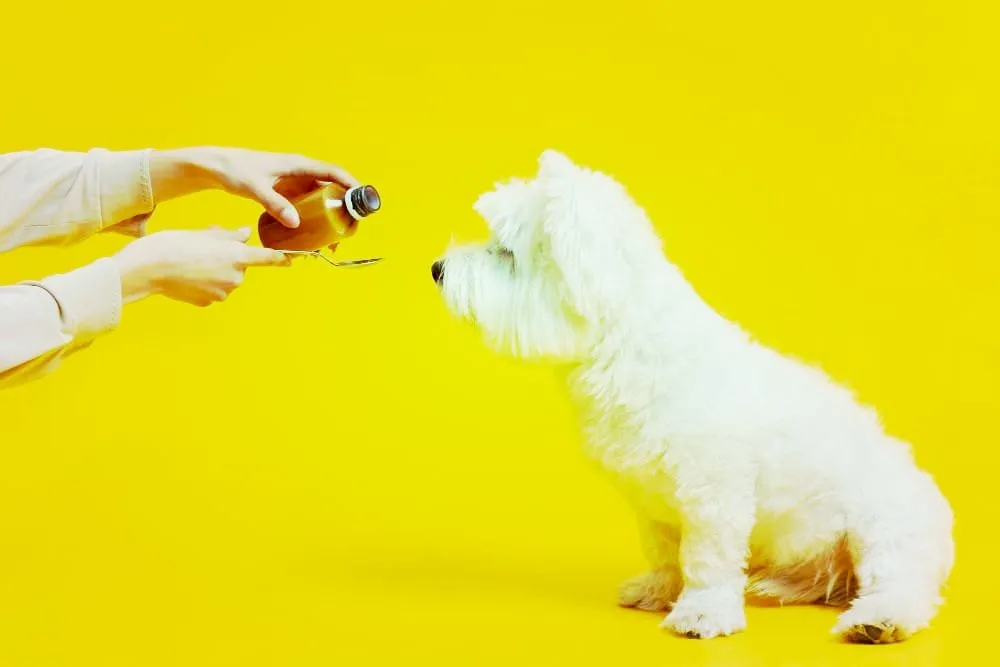
To prevent dog attacks, make sure that dog receive the right socialization and training from a young age, and adopt appropriate pet ownership. Dog bites can be prevented through methods such as socializing dogs with other animals and people, providing obedience training to teach them appropriate behavior, and supervising them closely in public spaces.
Regular exercise and mental stimulation can also help reduce the likelihood of aggressive behavior. Furthermore, it is essential to spay or neuter your dog, as this can decrease territorial aggression.
Additionally, never leave children unsupervised with dogs and teach them how to interact safely with animals.
Lastly, be aware of warning signs of aggression and seek professional help if necessary.
By taking these preventative measures, you can significantly reduce the risk of dog bites and create a safe environment for both your dog and those around them.
Why Do Dogs Bite?
Dog bites can be a serious problem, so it’s important to understand why dogs may bite in order to prevent such incidents. There are several reasons why dogs resort to biting.
One common cause is fear and anxiety. Dogs may bite if they feel threatened or cornered, as a way to defend themselves.
Another reason is pain or illness. If a dog is experiencing discomfort, they may lash out and bite as a way to communicate their distress.
Additionally, dogs can bite when they feel their territory or belongings are being invaded. It’s important to respect a dog’s personal space and avoid approaching them when they are eating or sleeping.
Lastly, dogs may bite if they are not properly socialized. Proper training and socialization from an early age can help dogs feel more comfortable and reduce the likelihood of aggressive behavior.
By understanding these reasons, we can actively work towards preventing dog bites and ensure the safety of both humans and our furry friends.
What Can Dog Owners Do?
Dog bites can be a serious problem, but there are steps dog owners can take to prevent them. Firstly, it is important for owners to properly train and socialize their dogs.
This means exposing them to different people, environments, and other animals from an early age.
By doing so, dogs will learn appropriate behaviors and reactions, reducing the likelihood of aggression.
Secondly, responsible owners should always supervise their dogs, especially when around unfamiliar people or in new situations. This ensures that any signs of potential aggression can be addressed promptly.
Lastly, owners should educate themselves and others on dog body language and behavior, so they can recognize signs of stress, fear, or discomfort in their dogs. This knowledge will enable them to intervene and prevent aggressive behavior before it occurs.
By following these guidelines, dog owners can play an active role in stopping dog bites and promoting safer interactions between dogs and humans.
How To Stop Dog Bites
To prevent dog bites, it is crucial to prioritize safety and implement effective strategies. Firstly, always supervise interactions between children and dogs, ensuring both parties are comfortable and respectful.
Teach children to approach dogs calmly, avoiding sudden movements or loud noises that may startle the animal.
Secondly, understand a dog’s body language to recognize signs of fear, aggression, or discomfort. This can help you assess the situation and take appropriate measures to avoid any potential harm.
Lastly, never disturb a dog that is sleeping, eating, or caring for puppies, as these are situations where dogs may be protective and more likely to behave defensively.
By following these guidelines, you can minimize the risk of dog bites and create a safe environment for everyone involved. Remember, safety should always be the top priority when interacting with dogs.
What If A Dog Bites Our Child?
Dog bites can be a serious concern, especially when it involves our children. It is essential to know how to handle such situations to ensure their safety. If our child gets bitten by a dog, the first step is to remain calm.
Panicking can escalate the situation and potentially frighten the dog even more. The next step is to separate the child from the dog and assess the severity of the bite.
If it is a minor injury, we can clean the wound with mild soap and water and apply a sterile bandage.
However, if the bite is deep or bleeding excessively, it is crucial to seek medical attention promptly.
It is also essential to gather information about the dog, including its owner’s name and contact details, to avoid any potential complications later on.
Lastly, it is crucial to report the incident to the appropriate authorities to ensure the safety of others in the community. By following these guidelines, we can effectively address dog bites and protect our children from potential harm.
10 Tips For Dog Bite Prevention
To prevent dog bites, it is crucial to be aware of some essential tips. First and foremost, when encountering an unfamiliar dog, it is best to avoid direct eye contact and sudden movements.
Dogs may interpret these actions as threatening or aggressive.
Additionally, teaching children to respect dogs’ boundaries and never approach them without the owner’s permission is crucial.
It is equally important to educate ourselves about dog body language and understand their warning signs, such as growling or bristling fur, which indicate potential aggression.
Training and socializing dogs from a young age can significantly reduce the risk of bites.
Furthermore, owners should always keep their dogs on a leash in public spaces and properly secure their homes and yards to prevent any potential escape or interaction with strangers.
Lastly, reporting any aggressive behavior or concerns to the appropriate authorities can contribute to creating safer communities for both humans and dogs alike.
A Final Word
To conclude, preventing dog bites requires responsible ownership and understanding canine behavior. By socializing your dog, providing proper training, and supervising interactions with children and strangers, you can reduce the risk of a bite.
Additionally, educating yourself and others about dog body language and warning signs can help prevent potentially threatening situations.
Remember, our furry friends rely on us for their safety, and by taking proactive measures, we can create a safer and harmonious environment for both humans and dogs.








